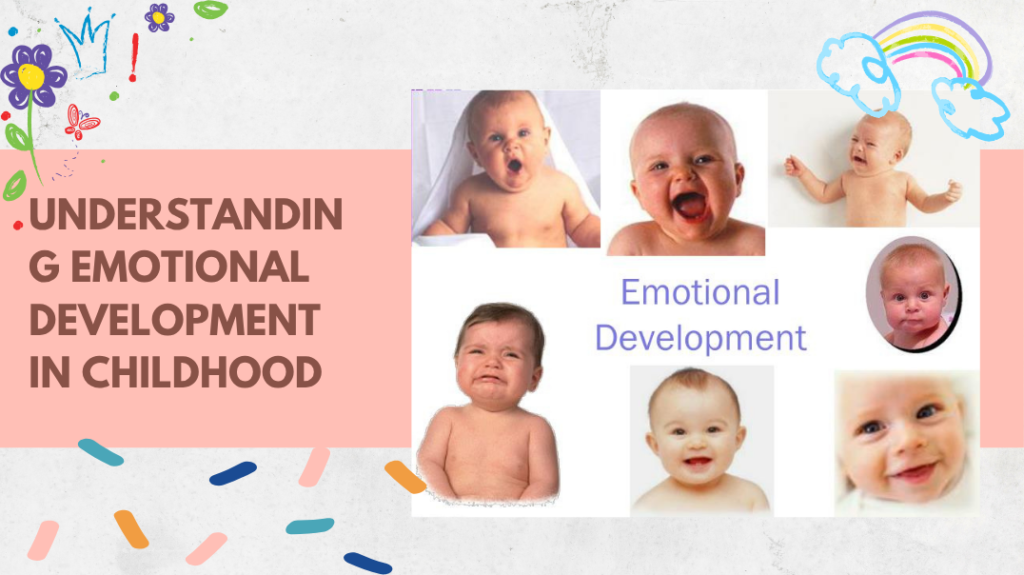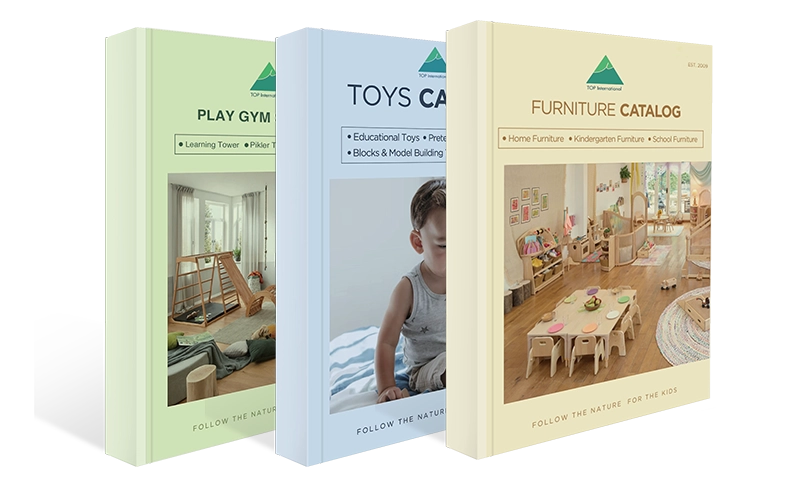Have you ever felt helpless watching your child throw a tantrum in the middle of a store, unable to calm them down or understand why they’re upset? Many parents experience confusion, guilt, or even frustration when their child expresses emotions they don’t fully understand. Without insight into emotional development, these everyday challenges can feel overwhelming.
Now, imagine being confident to respond calmly, knowing precisely what your child needs emotionally at every stage. When parents truly understand Emotional Development in Childhood, they can guide their children through big feelings, support resilience, and nurture empathy. This foundation doesn’t just help children thrive today—it shapes their emotional intelligence for a lifetime of healthy relationships and success.
In this blog post, we’ll explore the key stages of emotional development in childhood, what behaviors to expect, and how to effectively nurture your child’s emotional growth. Whether you’re a new parent or an educator, understanding emotional development will help you build stronger, healthier relationships with the children in your care.
What Is Emotional Development?
Emotional development is key to childhood growth, shaping how children understand feelings, manage emotions, build relationships, and handle everyday challenges. Unlike physical or language skills, it isn’t always visible, but it impacts academic performance and personal well-being. Children begin to show joy, sadness, anger, and curiosity from the earliest months of life. With caregivers’ support, they gradually learn to regulate these emotions, develop empathy, and build trust. Warm, consistent responses from parents or teachers provide the foundation for emotional intelligence.
Children who develop these skills tend to form strong friendships, cooperate with others, focus better in school, and cope with setbacks more effectively. Those who struggle, however, may face frustration, behavioral challenges, or social withdrawal. In short, emotional development in early childhood plays a decisive role in helping children grow into confident, resilient individuals ready to thrive.
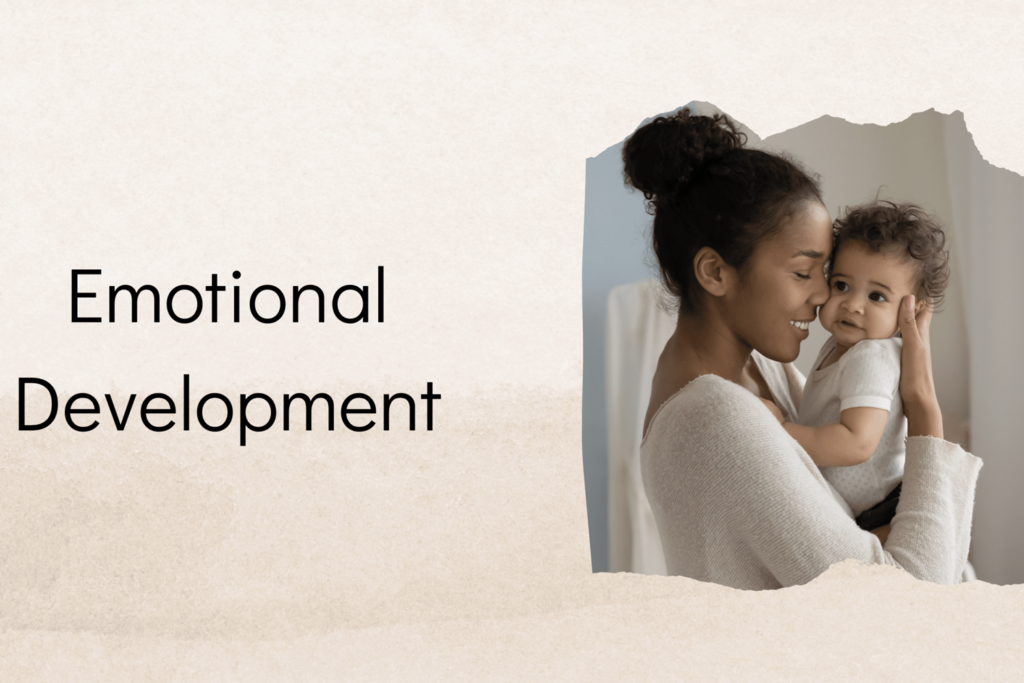
Why Is Emotional Development Important?
Understanding emotional development is essential for anyone involved in raising or educating children. It affects how children experience the world, build relationships, and handle stress. But beyond that, emotional development directly affects a child’s ability to succeed in school, social environments, and future adult life.
Developmental Emotional Building the Foundation for Learning
Children are not born with emotional control or awareness—they develop over time. Emotional maturity is closely tied to a child’s ability to focus in class, cooperate with peers, and follow instructions. Children can better handle classroom frustrations, transitions, and challenges when they understand and regulate their emotions.
For example, a child who can manage disappointment will easily accept mistakes and try again. This emotional resilience directly supports cognitive and academic growth. Without emotional development for early childhood, even the brightest child may struggle to thrive in structured learning environments.
Emotional Skills Support Social Growth
Strong emotional development also leads to healthier social interactions. Children with a better grasp of their emotions are more likely to build positive relationships with classmates, teachers, and caregivers. They learn to share, take turns, express feelings with words rather than aggression, and resolve conflicts peacefully.
Social-emotional competence allows children to show empathy, understand how others feel, and respond with care. Empathy helps form deeper friendships and a sense of belonging, which are key to emotional security and self-worth.
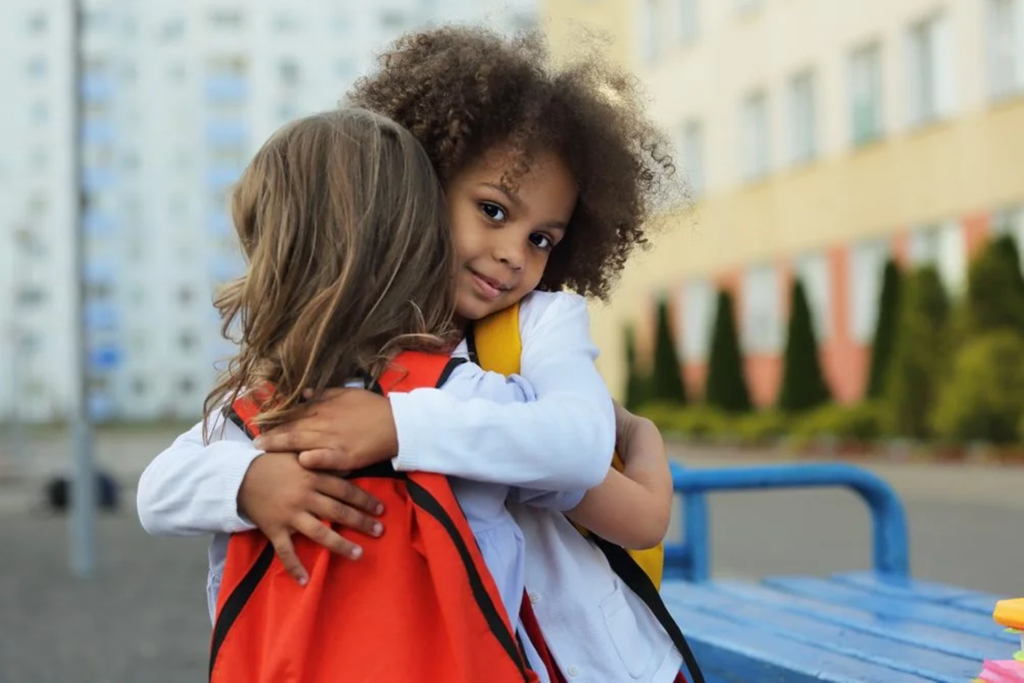
Emotional Regulation Prevents Behavioral Issues
One of the most overlooked benefits of emotional development in children is its ability to reduce behavior problems. Children who haven’t learned to manage emotions may express anger, fear, or sadness through hitting, yelling, or withdrawal. These behaviors can affect the child’s well-being and the learning environment of those around them.
By teaching children how to recognize their feelings and use calming strategies, adults help them develop self-regulation. Over time, children learn to pause before reacting, ask for help, or remove themselves from overwhelming situations—skills that are invaluable throughout life.
Long-Term Benefits of Early Development of Emotional
The advantages of strong emotional development don’t stop in childhood. Numerous studies show that emotional intelligence is linked to adult success in relationships, careers, and overall mental health. Children who learn to handle emotions healthily become more adaptable, empathetic, and emotionally resilient adults.
Parents, caregivers, and educators who support emotional development in children help children build academic and social skills and the tools for lifelong happiness and stability.
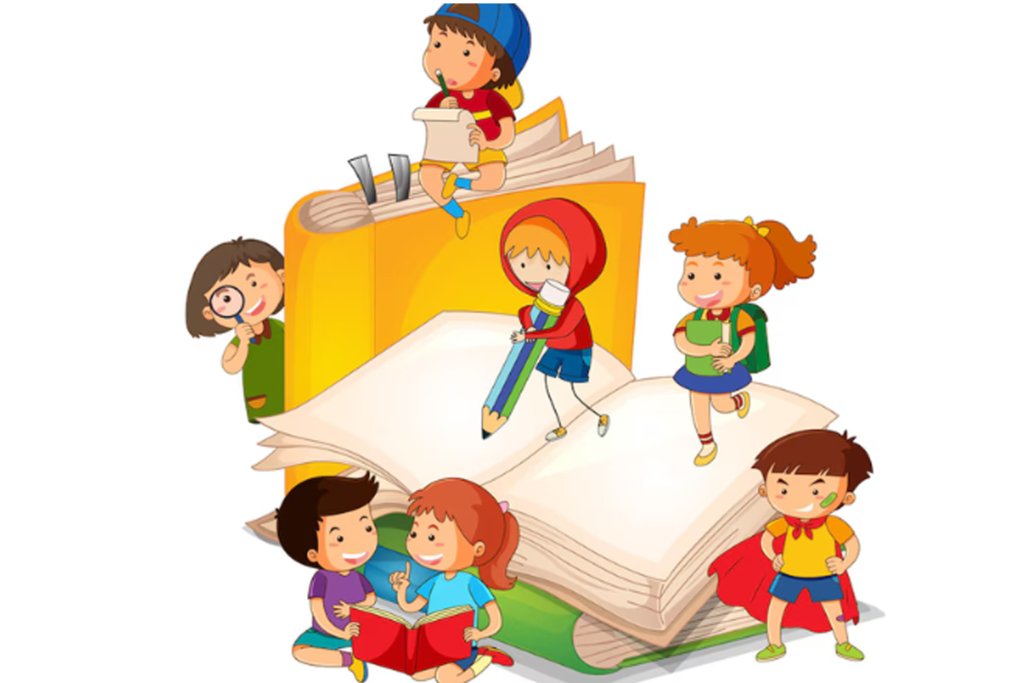
6 Examples of Emotional Development in Childhood
When we discuss emotional development in childhood, it’s often helpful to examine real-life behaviors that reflect the emotional growth children experience at different stages. These examples are not isolated events—they represent core emotional competencies that build over time and influence everything from social bonding to academic success.
Social Smile (2 to 3 Months)
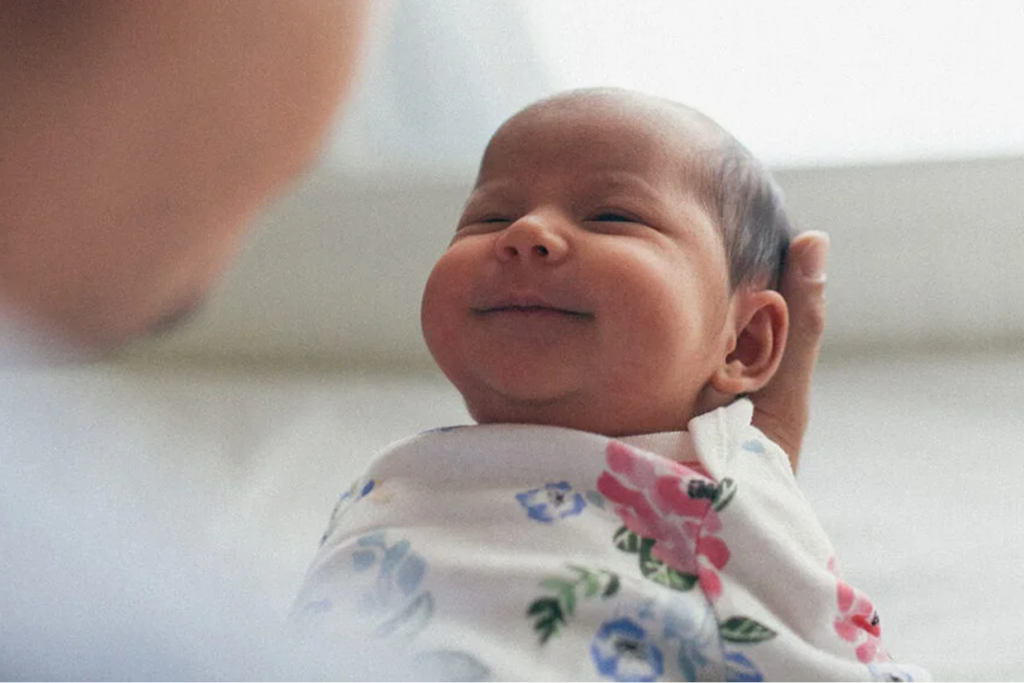
The first social smile is one of the earliest indicators of emotional development during childhood. Around two to three months, infants begin to smile in response to human faces, voices, or touch, not just as a reflex, but as a reaction to an emotional connection. This marks the beginning of an infant’s ability to engage with others on a social-emotional level.
Attachment (6 to 12 Months)
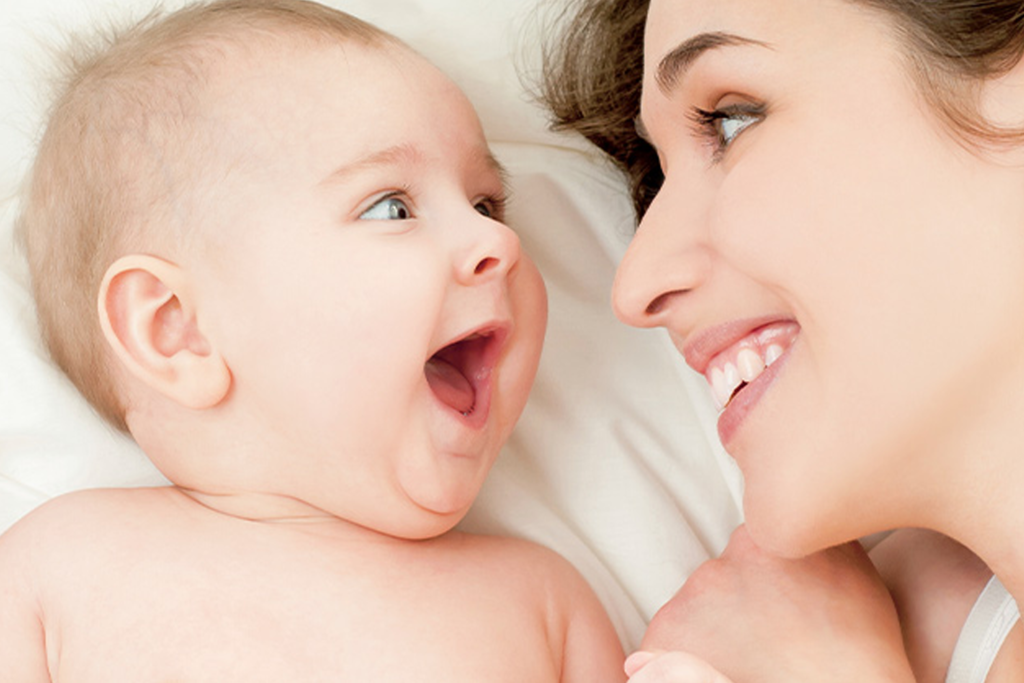
Attachment is one of the most researched and critical aspects of emotional development in infants. Infants begin to develop strong emotional bonds between six and twelve months with their primary caregivers. This period is marked by behaviors such as separation anxiety, stranger wariness, and the desire for comfort when distressed.
Social Referencing (8 to 10 Months)

Around eight to ten months, children begin to engage in social referencing, where they look to caregivers or familiar adults for cues on responding to unfamiliar or uncertain situations. For example, a child encountering a barking dog may look to their parent’s face to judge whether the problem is safe or scary.
Theory of Mind (3 to 5 Years)
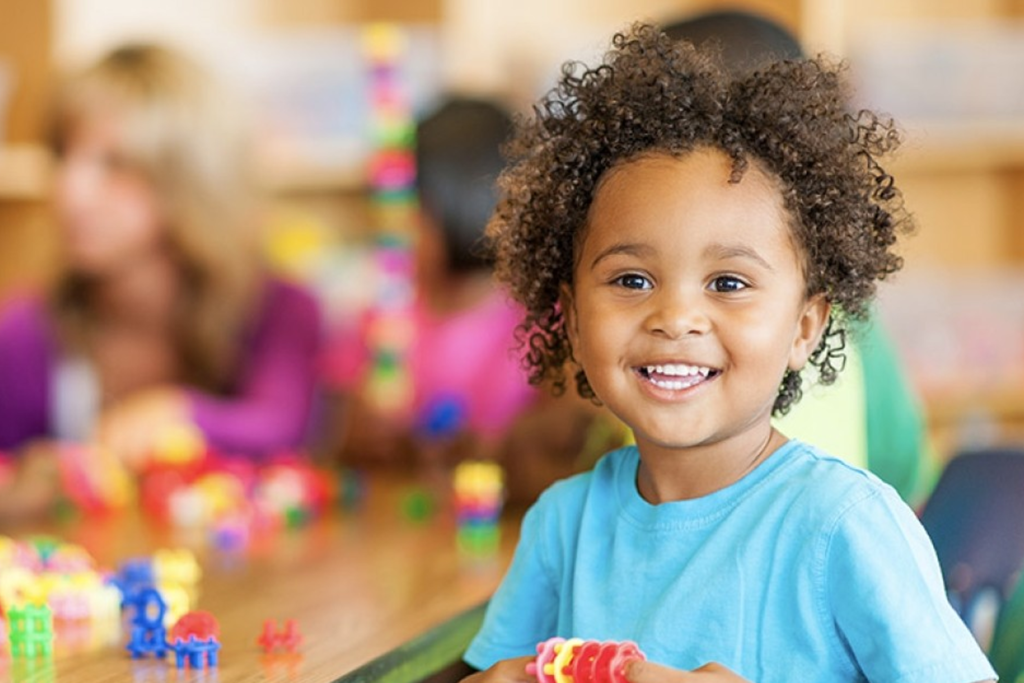
As children enter the preschool stage, a significant leap in emotional development occurs with the emergence of the Theory of Mind—the understanding that others have thoughts, feelings, and perspectives that are different from their own. Children between the ages of three and five realize that not everyone sees the world as they do.
Emotional Competence (7 to 10 Years)
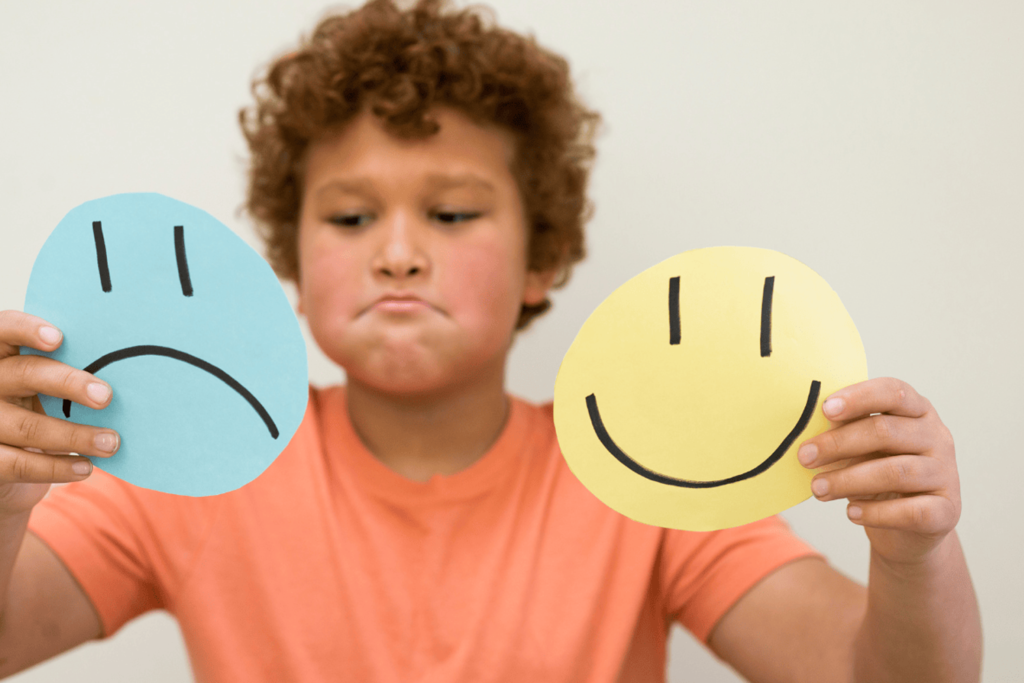
Between the ages of seven and ten, children typically develop emotional competence, skills that allow them to understand, express, and manage their emotions effectively. This includes recognizing emotional triggers, using language to describe feelings, and applying strategies to cope with positive and negative emotions.
Factors Influencing Emotional Development
The path of emotional development in preschoolers is not fixed—a complex interplay of external and internal factors shapes it. While biological maturity plays a role, the most potent influences come from a child’s relationships and environment. For preschool-aged children, who are developing cognitively and socially rapidly, the adults around them and the settings they engage with daily can either support or hinder their emotional growth.
Role of Parents
Parents are a child’s first emotional guides. From infancy to preschool, children look to caregivers for basic needs and help in understanding feelings. By labeling emotions, modeling calm responses, and setting boundaries, parents teach children to recognize and manage emotions. Consistent support builds security and trust, while dismissiveness may lead to confusion or withdrawal. Children learn by watching how adults handle stress, conflicts, and empathy.
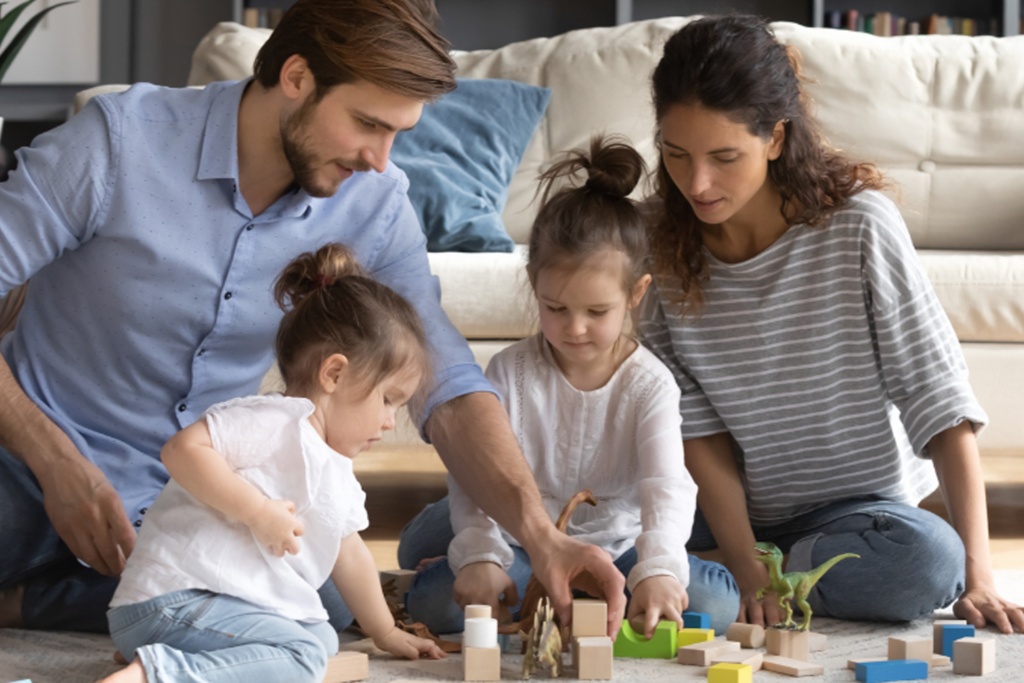
Impact of Environment
Beyond the family, a child’s environment strongly influences emotional growth. The home, preschool, and community shape how children feel and respond. Supportive, structured settings with clear routines and caring teachers help preschoolers practice empathy, cooperation, and conflict resolution. In contrast, chaotic or unsafe environments can hinder progress, leading to stress, withdrawal, or aggression. Spaces rich in language, acknowledgment, and self-expression build resilience and confidence.
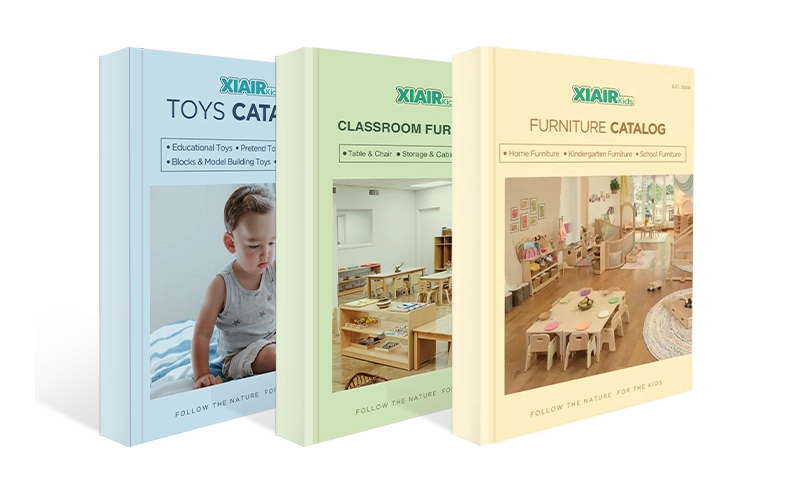
Receive a free catalog and custom layout to help you design your ideal classroom easily.
Emotional Development vs. Social Emotional Development
| وجه | التطور العاطفي | التطور الاجتماعي والعاطفي |
|---|---|---|
| تعريف | The process by which a child learns to recognize, express, and manage their own emotions. | The integration of development emotional with the ability to build relationships and navigate social settings. |
| Core Focus | Individual emotional awareness and regulation. | Emotions in social context—understanding others’ feelings, empathy, cooperation, and communication. |
| أمثلة | – Recognizing sadness- Managing anger- Expressing joy appropriately | – Sharing with peers- Resolving conflicts- Understanding group dynamics and showing empathy |
| Key Skills | – Emotional identification- Self-regulation- Emotional expression | – Social awareness- Relationship-building- Empathy- Responsible decision-making |
| Age Milestones | Begins in infancy and continues through childhood and adolescence. | Emerges in toddlerhood and becomes more complex in preschool and school-age years. |
| Main Theoretical Roots | Based on attachment theory, affective neuroscience, and developmental psychology. | Built on emotional theories + social learning theory + SEL (Social Emotional Learning) frameworks. |
| Educational Application | Helps children manage stress, frustration, and internal emotional states. | Prepares children to succeed in group learning, collaborate, and build strong interpersonal skills. |
| Role in Development | Supports mental health, identity formation, and resilience. | Supports social competence, moral development, and long-term academic & social success. |
Emotional Development Activities for Preschoolers
Supporting emotional development in preschoolers is more than encouraging good behavior—it’s about helping young children recognize, express, and regulate their feelings healthily. One of the most effective strategies to achieve this is through purposeful play and guided activities. These experiences build emotional vocabulary, self-awareness, empathy, and resilience when done consistently.
Feelings Flashcards
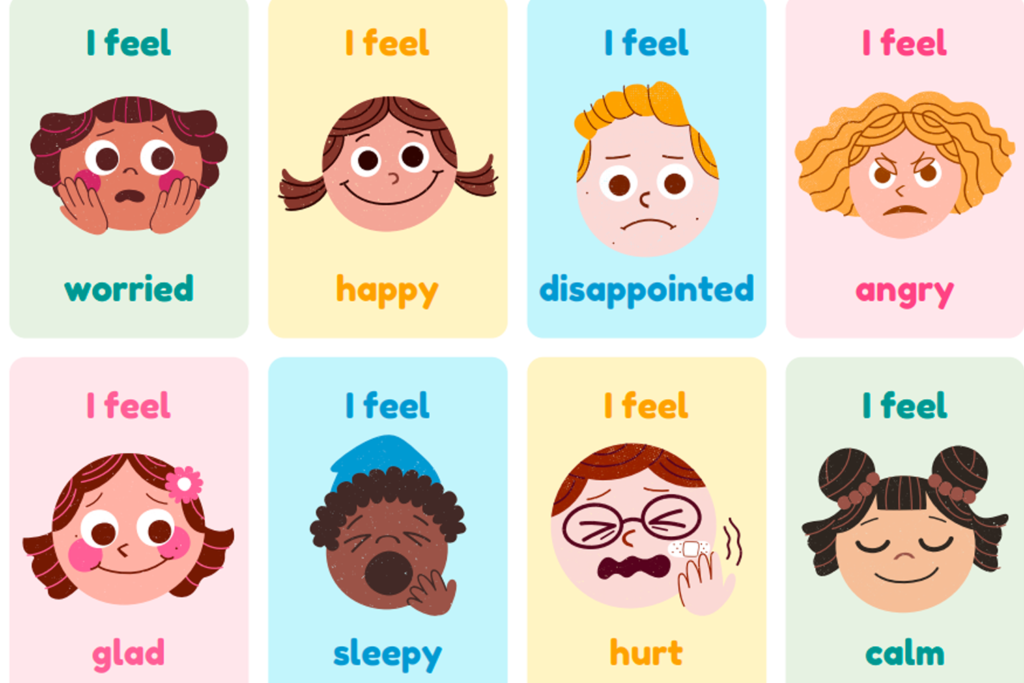
Use illustrated cards with various facial expressions (happy, sad, frustrated, surprised, etc.). Let children pick a card and describe a time they felt that way. This activity connects real-life experiences with emotional language and boosts self-awareness and communication.
Emotion Charades
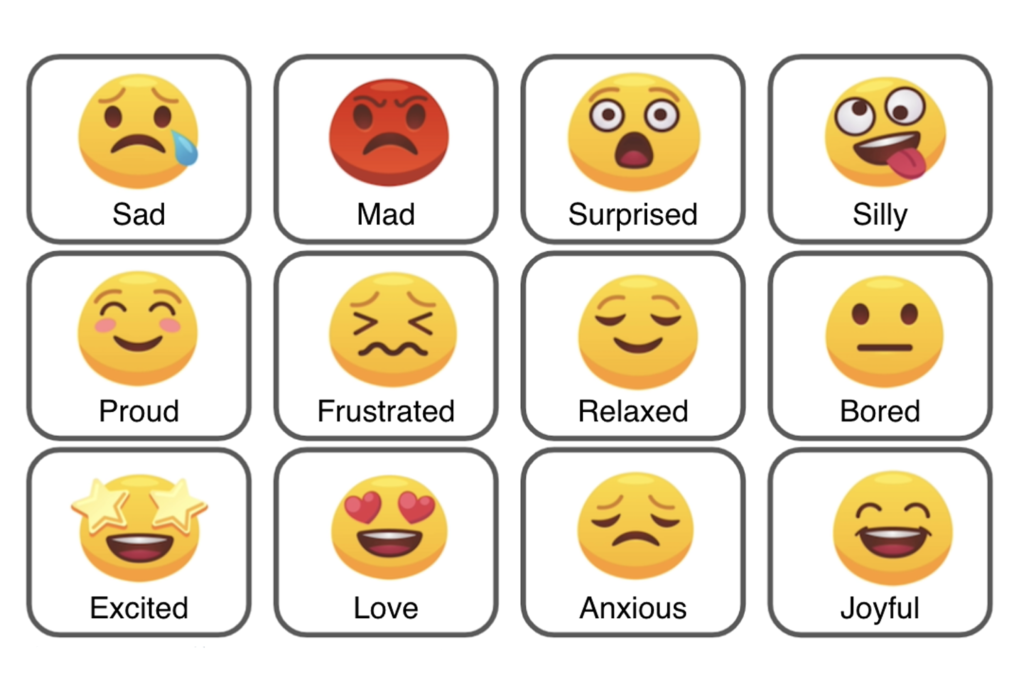
In small groups, have children act out different feelings while others guess. This promotes body awareness and helps children understand that emotions can be expressed in multiple ways, not just words.
Calm-Down Jars

Create glitter jars together as a calming tool. When shaken, the glitter slowly settles, mimicking calming down. Children can watch it when upset, helping them shift focus from intense feelings to a visual, sensory experience.
Breathing Buddies
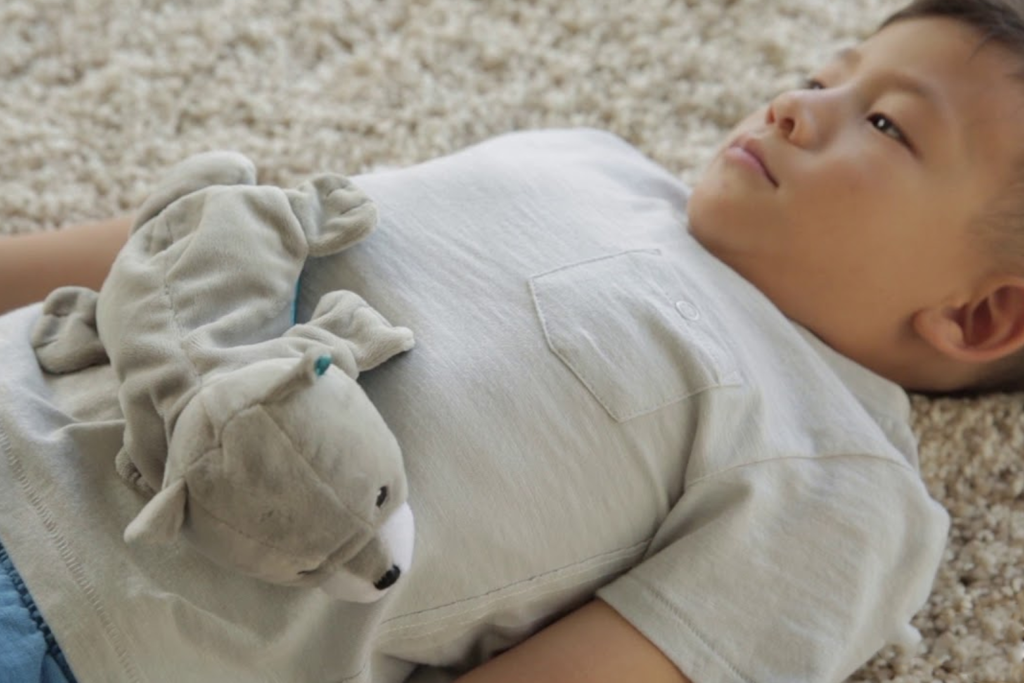
Give each child a soft toy. Ask them to lie down and place the toy on their stomach. As they breathe in and out slowly, the toy rises and falls. This introduces mindful breathing as a simple tool to manage emotions.
Storytime with Emotion Reflection
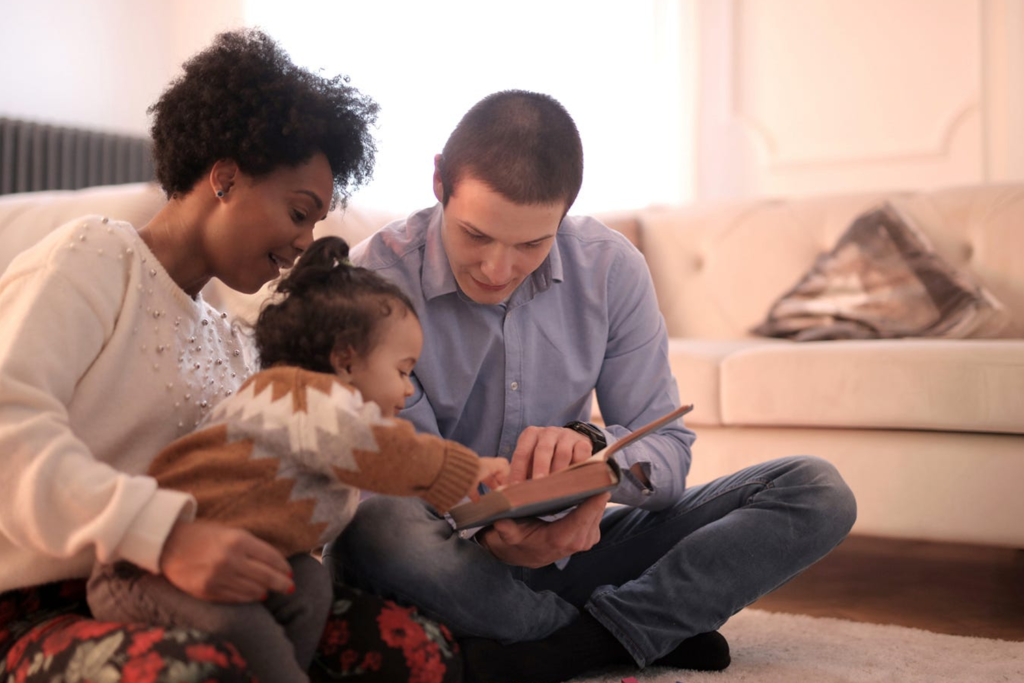
Read books focused on emotions or social themes (like The Feelings Book by Todd Parr). After reading, ask questions such as: “How do you think the character felt?” or “What would you do if your friend felt that way?” This practice encourages perspective-taking and emotional connection.
Circle Time
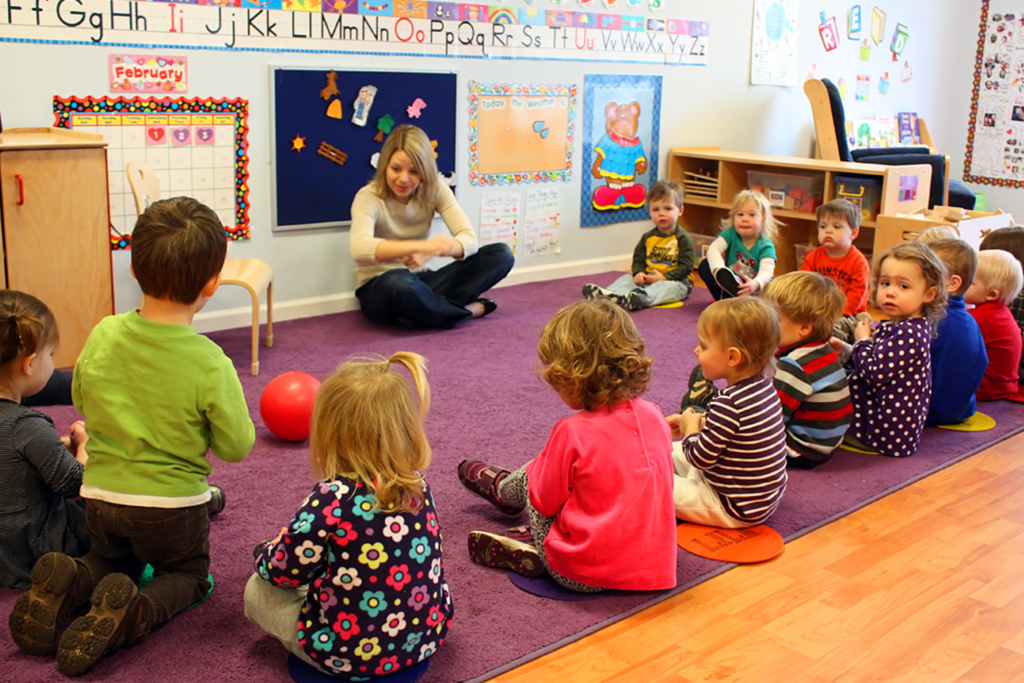
In a morning circle, go around and let each child say something kind to the person next to them. This reinforces respectful communication and builds a positive classroom culture, critical for emotional learning in preschool settings.
Dramatic Role Play
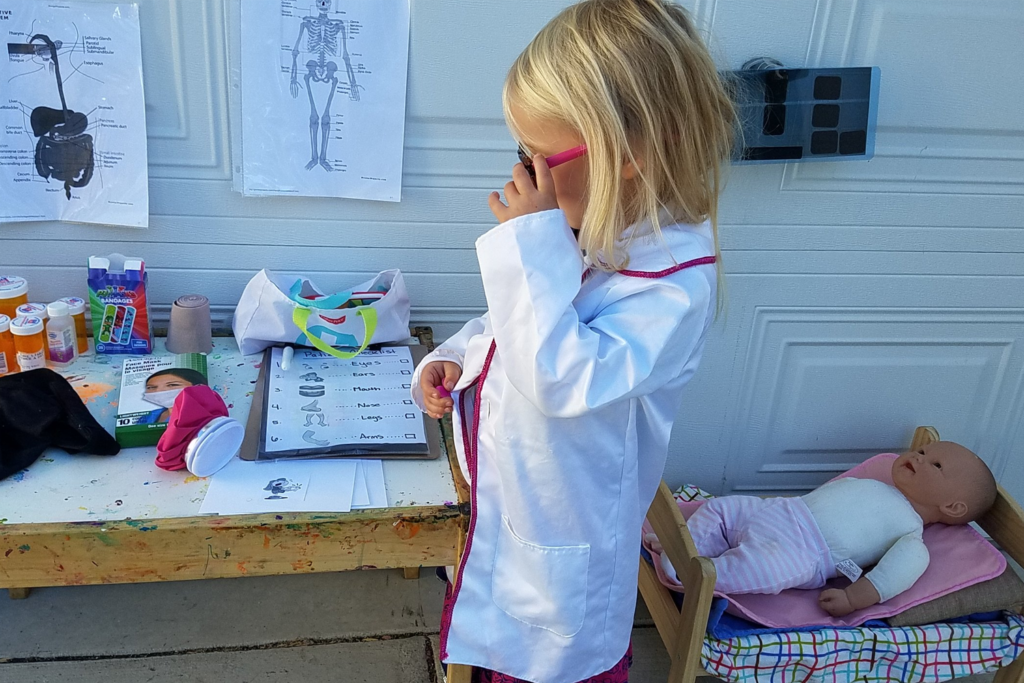
Set up themed play centers like a pretend kitchen, doctor’s office, or grocery store. As children act out roles (parent, teacher, patient), they often recreate real-life emotional moments they’ve experienced. For example, a child pretending to comfort a doll who “misses mommy” is actively working through feelings of separation anxiety.
Art as an Emotional Outlet
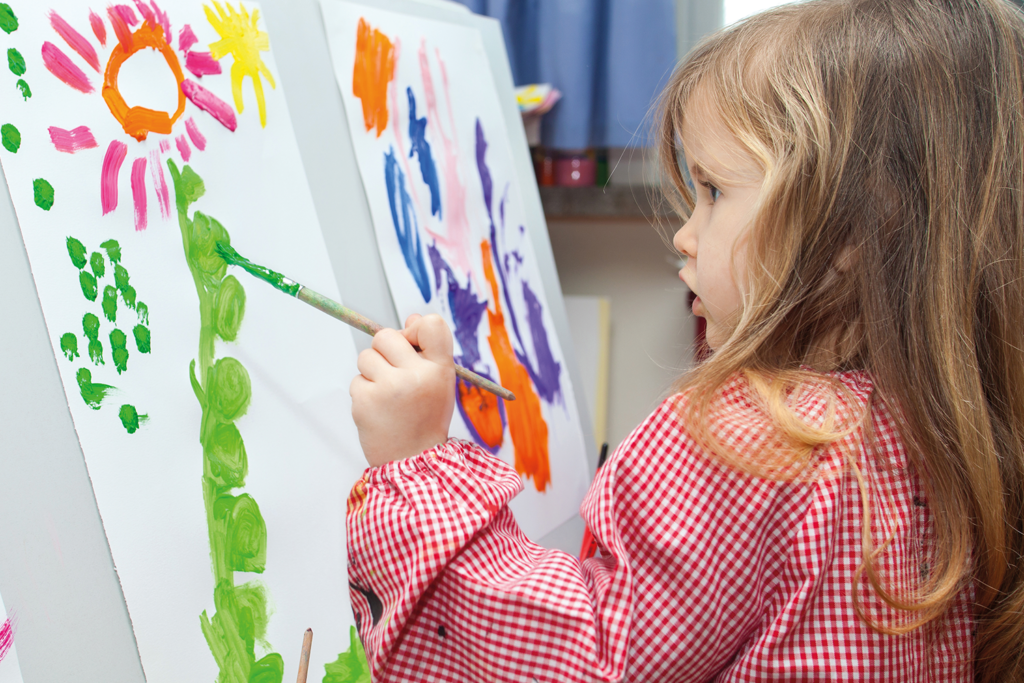
Art projects—such as painting, clay modeling, or crayon drawing—offer a nonverbal pathway for emotional release. Children might choose bold colors when excited or dark ones when upset, even if they don’t have the words to describe how they feel.
Emotion Soundtrack
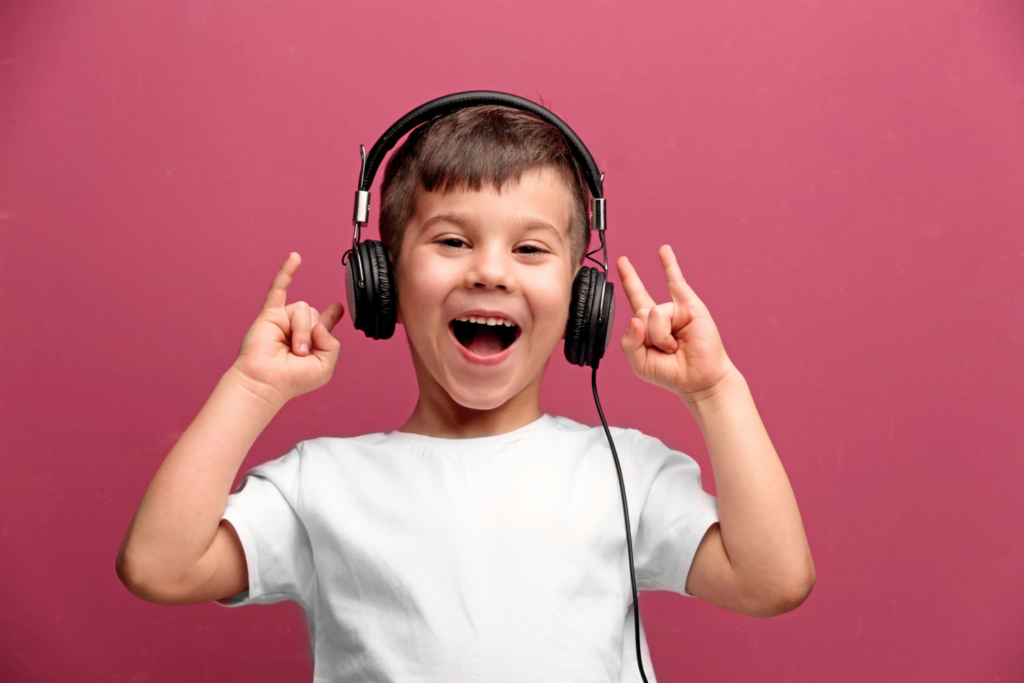
Play different music clips that represent a variety of emotional tones—slow and quiet for sadness, fast and cheerful for happiness, heavy beats for anger, and gentle rhythms for calm. After each clip, ask children: “How does this music make you feel?” Please encourage them to express their emotions through movement, facial expression, or art.
Musical Mood Parade
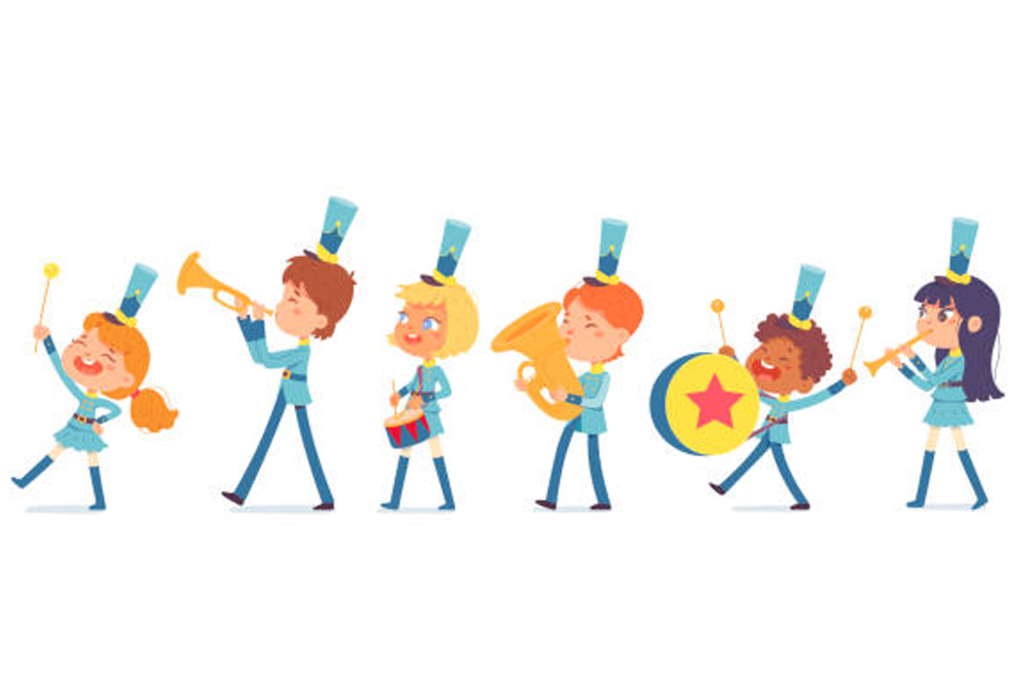
Give each child a rhythm instrument, such as a shaker, tambourine, or drum. Ask them to play their instrument in a way that matches how they feel today. An energetic child might play quickly and loudly, while a tired child may tap gently. The class can then march in a “mood parade,” moving in a way that reflects their chosen emotional tone.

Receive a free catalog and custom layout to help you design your ideal classroom easily.
خاتمة
Emotional development is vital to early childhood education and requires intentional guidance. Educators and caregivers can support young children by creating environments and activities that help them recognize, express, and manage feelings. Children learn to understand themselves and others through daily routines, creative play, flexible classroom design, and guided social interactions. These preschool activities for emotional development build empathy, cooperation, resilience, and emotional well-being—skills that form the foundation for lifelong success.
الأسئلة الشائعة
1. What causes emotional development?
Genetics, early life experiences, caregiver relationships, and social interactions shape emotional development. Supportive environments and consistent guidance help children build strong emotional skills.
2. What causes a lack of emotional development?
A lack of emotional development may result from neglect, inconsistent caregiving, traumatic experiences, or environments without emotional support. Stress, instability, or limited opportunities to practice social skills can also play a role.
3. How to improve emotional development?
Emotional growth can be improved by labeling emotions, modeling healthy responses, encouraging open communication, and creating safe spaces for expression. Strong relationships with caregivers, teachers, or mentors also provide powerful support.
4. Where does emotional development start?
It begins in infancy, when babies form trust through consistent caregiving. Early interactions—such as comforting them when distressed—lay the foundation for emotional awareness, empathy, and self-regulation.
5. Which part of the brain controls emotions?
The limbic system, particularly the amygdala, plays a key role in processing emotions. The prefrontal cortex also contributes by helping regulate emotional responses and supporting decision-making.

